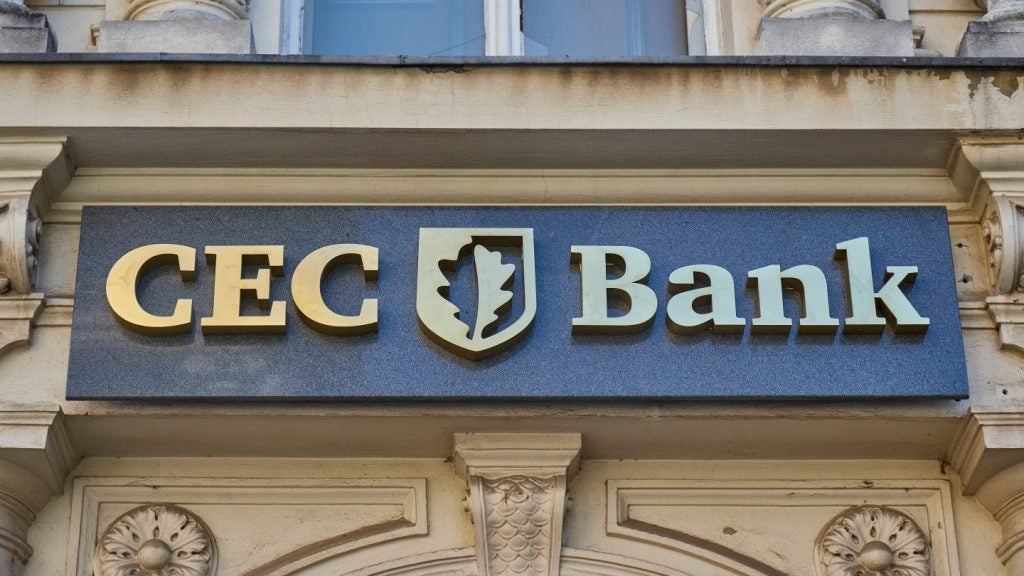Munniksma, 3D experience team leader at ABN AMRO, about the group’s
extensive involvement in the online world Second Life. Despite the
group being recently sold to the RBS consortium and some issues
with Second Life itself, Munniksma remains bullish about virtual
marketing.
ABN AMRO, recently acquired for $103 billion by the Royal Bank
of Scotland-Santander-Fortis consortium, is to fine-tune its foray
into the online virtual world Second Life (SL) following a year of
exploration and experimentation within the social networking
community.
The bank set up a virtual advice centre within SL in December 2006.
Its aims were to create an online presence that would facilitate
contact with new and existing customers and also improve internal
communications within the group.
A year later, and ABN AMRO is now looking to take its SL
involvement to the next level – it is set to focus more attention
on the creation of a private virtual world, separate from SL, in an
effort to provide more online financial services to customers,
according to Popke Rein Munniksma, 3D experience team leader at ABN
AMRO.
SL, which had 12.3 million registered users as of 1 February 2008
(1.36 million of whom had logged in to the site within the past 60
days), is the largest online virtual world. It requires users to
download a software package to their computers, from where they can
explore a virtual reality via customisable 3D characters known as
avatars. Users, known as residents, can interact with fellow
residents within the simulated environment on both a social and an
economic level, using either text-based communication or online
voice chat.
How well do you really know your competitors?
Access the most comprehensive Company Profiles on the market, powered by GlobalData. Save hours of research. Gain competitive edge.

Thank you!
Your download email will arrive shortly
Not ready to buy yet? Download a free sample
We are confident about the unique quality of our Company Profiles. However, we want you to make the most beneficial decision for your business, so we offer a free sample that you can download by submitting the below form
By GlobalDataThe SL world, which features computer-animated islands on which
users and companies can create their own areas, allows residents to
purchase land and property, play games, attend events and trade
goods and services.
SL itself is largely created by residents, who are able to create
buildings and machinery as well as alter the landscape. SL allows
users to trade real money for a virtual currency called Linden
dollars, which trades at around L$266 to the US dollar, in order to
buy and sell virtual goods and services. The system now provides a
regular income for some users and a number of major companies,
including IBM and Coca-Cola, have looked to establish their brands
within the world over the past 12 months.
Figures for 2007 show that ABN AMRO ‘speaks’ to an average of ten
or 11 unique visitors every day in SL, though regulatory issues
around identity verification mean that the institution cannot give
actual financial advice with regards to a visitor’s personal
financial situation.
Feasibility studies
Munniksma said that ABN AMRO’s own feasibility studies regarding
the actual provision of financial services within the 3D world have
shown that a number of legal and compliance issues will prevent it
from offering such services to SL customers.
Nonetheless, the bank remains confident that its innovative
strategy will lead to a number of benefits for the institution,
both internally and externally.
“When we started we had the idea that maybe we could make
specialised products or services for SL, for example trading your
pounds for Linden dollars. But… there are at this moment too many
barriers to make those products legal. There is no bank behind the
Linden dollar, no national bank – in short, it isn’t possible,”
said Munniksma in an interview with RBI.
In January, SL’s owner, Linden Labs, was forced to ban all in-game
banking institutions offering interest or returns on investment
unless they possessed a real-world licence, following complaints
over some in-game banks’ inability to pay the exorbitant interest
rates that had been promised to customers.
Munniksma sees the move as the right step but suggests that “no
self-respecting financial institution” will seek to fill the gap by
providing licensed services to SL users, given the legal issues
that are involved.
He said that ABN AMRO is now interested in how it can “inform
people in an interactive way” through SL, suggesting that the
bank’s virtual customer contact centre offers the best of both
worlds, combining the instant access of a web page with the
personal contact of a real-life branch.
The group, he said, wants to create a community for existing and
potential customers around its SL offering, complete with financial
presentations and briefings with target audiences ranging from new
and experienced private investors to first-time buyers trying to
get onto the housing ladder.
ABN AMRO has not just used SL for banking promotional activity.
Previous innovations have included a tie-up with the ABN AMRO World
Tennis Tournament, held in Rotterdam, which enabled users to
‘virtually’ meet former professional player and tournament director
Richard Krajicek, and hosting an in-game charity night club
evening.

Hype on a downwards curve
Admitting that the hype surrounding SL is now on a
downwards curve, Munniksma said that ABN AMRO is looking to help
“mature the tool”, suggesting that it is a question of waiting for
technology to catch up with ideas. “It’s just like mobile banking.
In 2002 everyone thought that you could do all your banking
business via your phone. That never happened, but now mobile
banking is coming up again because the technology has progressed
and you can do more,” Munniksma said.
To this end, making use of the knowledge that it has acquired
through its activity in SL, the bank intends to create its own
private virtual world where “we can control the content, in which
we control the people who we want to access that world,” said
Munniksma.
Until then, the private world will focus on internal communication
and collaboration, a process that Munniksma sees as being highly
relevant for ABN AMRO following its recent takeover. Virtual world
operations will probably now fall under the remit of Fortis, though
Munniksma is adamant the new owners will strive to continue to have
a presence within SL.
Other financial players
Over the past 12 months, other major international banking groups
such as ING and BNP Paribas have established presences within the
site, but direct participation has remained a thorny issue for
financial institutions.
Wells Fargo was among the first to establish a virtual area in SL
but soon transferred its project to rival site Active Worlds in
order to gain more control over its creation. The collapse of SL’s
unlicensed banking system, which culminated in a bank run, is also
likely to have damaged the virtual world’s credibility.
Returns on investment in SL have been poor for some companies –
clothing retailer American Apparel closed its in-world store last
year due to a lack of interest, for instance. But others, such as
IBM, are continuing to expand their in-world offerings this year.
“As the 3D internet becomes more integrated with the current web,
we see users demanding more from these environments and desiring
virtual worlds that are fit for business,” said Colin Parris,
vice-president, digital convergence, IBM, last year.
Munniksma remains bullish, suggesting that Linden Labs’ clampdown
on unlicensed banks will make SL a more “plausible” environment for
financial institutions in future, and cites engagement as the key
to success.
“In SL it is all very direct – you are working within a community;
if you don’t show them that you are willing to try to learn the
rules of engagement, they will discipline their reactions,” he
said. “In here, you really have to listen to what [people] want –
that is a big difference between a 3D social environment and the 2D
web.”







